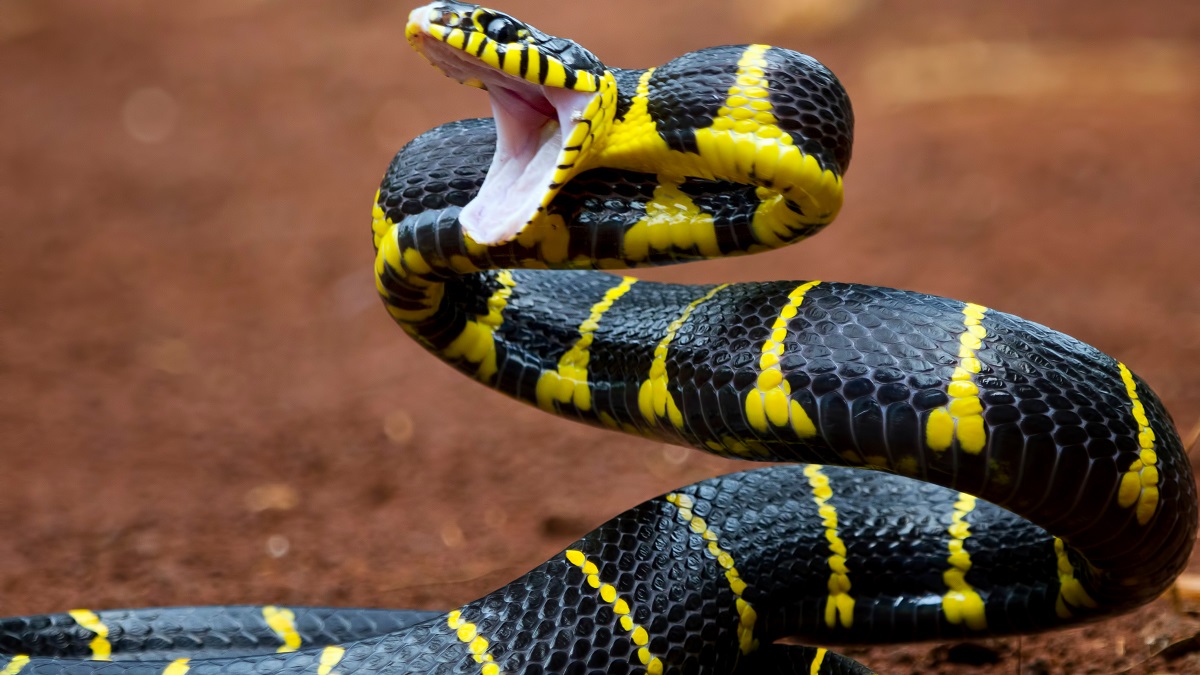From their forked tongues to their slit-like pupils, there’s something about snakes we humans often find unsettling. Maybe it’s the biblical associations, or the way they literally taste their prey on the air before arrowing through the undergrowth unheard and unseen.
As is so often the case, fear comes with curiosity. Here are a few things you probably never knew about one of the world’s most interesting, and least lovable creatures.
1. Some snakes still have tiny vestigial legs
Snakes are an ancient race (in 2015 researchers found fossils between 140 and 167 million years old), but despite slithering with dinosaurs, some still bear signs of the legs their ancestors once possessed. Pythons and boa constrictors both retain miniature hind leg bones and external limb bumps – proof in flesh and blood of their evolutionary link to lizards.
2. Fear of snakes has a name, and it’s really common
Fear of snakes is rarely rational (your dog is statistically more dangerous), but we bet that doesn’t stop them making your skin crawl. A Portuguese study in 2012 suggested that up to a third of human adults could have ‘ophidiophobia’, while a 2002 study argued there was something innate about snakes that made mammals feel afraid. Famous ophidiophobes include Matt Damon, Justin Timberlake, and, of course, Indiana Jones.
3. Ireland is one of the only countries in the world with no native snakes
Not a single serpent can be found on the Emerald Isle, at least outside Dublin Zoo, ranking it alongside North Atlantic neighbour Iceland as the only nations in the world to be wholly snake-free. Legend has it St Patrick drove the creatures into the sea sometime in the 6th century, but in reality, snakes haven’t been in Ireland since at least the last Ice Age.
New Zealand joins the list, if you discount coastal sea snakes, alongside a selection of South Pacific islands, and the North and South Poles.
4. There is a snake that can fly
Even normal snakes are remarkably sure-footed for animals that don’t have legs, and one species has gone a step further and taken to the skies. The aptly-named ‘flying snake’ of Southeast Asia launches itself from the tops of trees before flattening its body into a gliding position, and controlling direction by undulating back and forth.
5. The world’s most venomous snake is probably not what you think
More notorious species such as the king cobra or black mamba tend to grab the headlines, but the world’s most venomous snake is actually the inland taipan, an Australian native which, according to the WWF, could kill 100 people with a single drop. Fortunately, the taipan is extremely placid, prefers flight over fight, and lives in the dust bowl of the outback.
6. Snakes can swallow prey heavier and larger than themselves
Almost all snakes swallow their food whole, and anacondas have been filmed scarfing down everything from cattle to crocodiles. In 2018, a 14kg Burmese python made headlines for snacking on a 16kg deer, a weight-to-weight record for the species.
Although snakes can swallow almost anything, they rarely stop to think about whether they should, and there have been reports of snakes killing themselves by attempting to consume porcupines. Some species have even tried to eat themselves, the serpentine equivalent of a cat chasing its tail.
7. Some snakes can steal poison from their prey
It’s one thing to brave eating poisonous animals, quite another to repurpose their venom as your own. On the Japanese island of Oshima, tiger keelback snakes feast on toxic toads, and then use their chemical compounds to envenom the fluid they secrete to defend themselves against other creatures.
The snakes join a select group of natural poison-purloiners – including South American arrow frogs that acquire their poison from beetles, and sea slugs that do so by consuming jellyfish.
8. Snakes with two heads are surprisingly common
Most species have produced a two-headed individual at some stage – turtles, sharks, even kittens – but snakes have a particular propensity for doubling up. Known as polycephaly, the phenomenon is biologically similar to conjoined twins, and the two independent heads share everything from the neck down.
Famous examples include Double Dave, a two-headed baby rattlesnake discovered in a New Jersey forest in 2019, and Thelma & Louise, a two-headed corn snake that produced 15 normal babies at San Diego Zoo.
Two-headed snakes do not generally survive in the wild. Both heads control the central nervous system, so movement is a monument to compromise, and they will sometimes attack each other while competing for food, unaware that whatever they eat will end up in the same stomach.
How do you feel about snakes? Have you ever stumbled upon one in an unexpected location?
– With PA
If you enjoy our content, don’t keep it to yourself. Share our free eNews with your friends and encourage them to sign up.
Related articles:
https://www.yourlifechoices.com.au/travel/destinations/australia/crocs-snakes-and-spiders-what-you-need-to-know
https://www.yourlifechoices.com.au/finance/property/keep-spiders-out-of-your-home
https://www.yourlifechoices.com.au/food-recipes/food/how-insects-are-eaten-around-the-world

